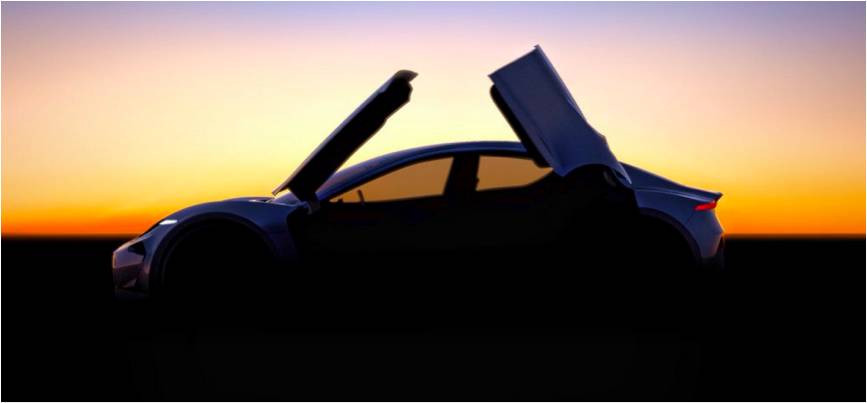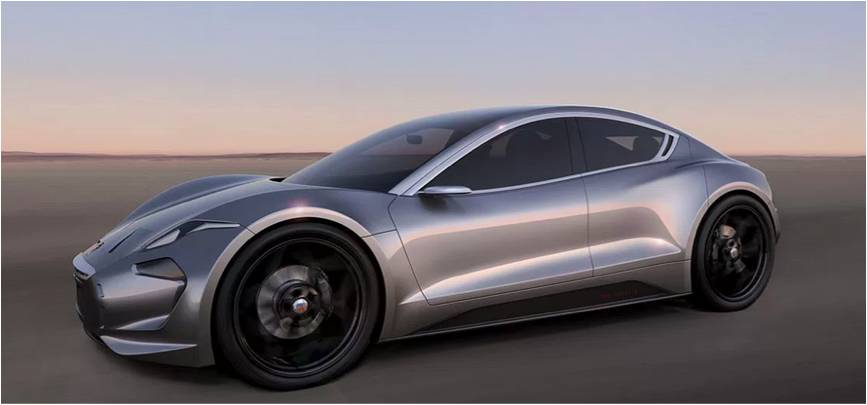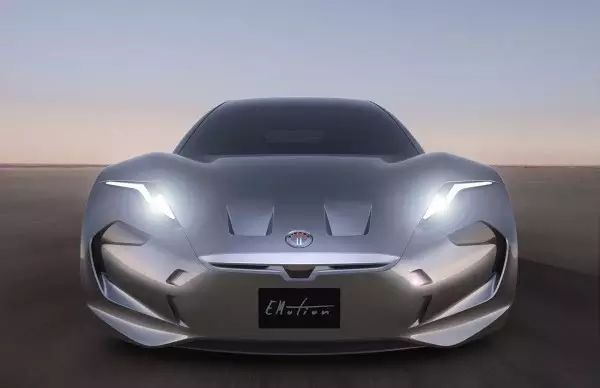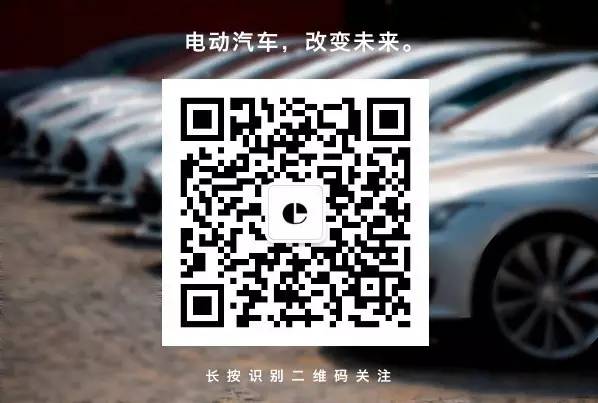Fisker Emotion Officially Released

Two weeks ago, Fisker released the exterior design of its pure electric car for the first time. The butterfly doors were stunning and eye-catching in the sunset, which made people look forward to it.
On October 31, Fisker officially released the appearance and design of this electric sports car named Emotion, which has a range of 400 miles.


According to Fisker’s official news, this is the first luxury electric car that has a range of over 400 miles and “redefines high-end.” In comparison, the battery range of Model S 90D is 300 miles, while the range of Model X is currently only 257 miles. It is said that Tesla’s P100D battery under development can increase the range to 380 miles. As a sports sedan, Emotion has sharp and concise lines, which is more aggressive visually than Fisker’s Karma electric car released in 2012.
Bold Use of Graphene Battery
In the official news, three highlights of Emotion are mentioned: power, space, and future autonomous driving technology.
Regarding power, Henrik Fisker told the media that EMotion is equipped with the graphene battery produced by Fisker Nanotech, which is said to be the result of two years of secret research and development by the team. This kind of battery has the characteristics of ultra-long range and fast charging and has a service life almost as long as the car. Coupled with the lightweight carbon fiber-aluminum body structure, Emotion has a range of 400 miles and a top speed of 260 km/h.
As for space, since the power system and other components are placed in the front of the car and the front and rear suspension are relatively short, it creates a spacious interior space, making the rear seats extremely comfortable and spacious, exceeding not only its competitors (should be Tesla), but even some full-size luxury sedans.In terms of autonomous driving technology, it is reported that the EMotion will be equipped with hardware capable of full autonomous driving when it goes on the market, and Fisker stated that the relevant suppliers will soon be announced. Regarding the interior, Fisker said that the model will fully consider the comfort and convenience of the front and rear seats, each seat will be equipped with a display screen.
Well-known car designer as the founder

As the car designer who designed luxury car models such as the BMW Z8 and the Aston Martin VB, Henrik Fisker is also one of the founders of Fisker Automotive. Although the bankruptcy of the company and its acquisition by China’s Wanxiang Group is considered one of Fisker’s career failures, people still hope that his new Fisker INC can bring designs and products that rival Tesla.
Fisker said that the EMotion, which will be released in 2017, will be a spacious sports car that will definitely surprise people. If the operation of this product goes smoothly, they will develop a second product, an electric car priced at $40,000, which will even be equipped with a longer battery system – provided that his battery factory can produce it. On the other hand, the acquired Fisker Automotive by its Chinese parent company has also invested in the establishment of factories in China to produce Karma and Atlantic, and still focuses on new energy vehicles.
There are still many difficulties in applying graphene batteries
Regarding graphene batteries, business imagination has been accumulating for a long time, and manufacturers continue to claim to have produced graphene batteries that can be used for electric vehicles.
In fact, the large-scale application of graphene batteries in the field of electric vehicles does not yet have corresponding conditions. Although Fisker said that their team can manufacture graphene at a very low cost, the specific application scenario, “charging for 5 minutes, running for 1000 kilometers” has extremely high requirements for the energy storage and charging equipment supporting the batteries.
Essentially, graphene batteries cannot make an electric vehicle consume less power, so the problem becomes charging the vehicle in a shorter time. If applied on a large scale, such as all fast charging stations on the highway, the instantaneous power load will be incredibly high. However, developing graphene composite batteries could continuously improve battery capacity and charging efficiency. Higher purity graphene batteries are likely to be the main direction for solving electric vehicle battery issues within the range allowed by existing power supply equipment.## 有竞争者总是好事
Having competitors is always a good thing, as it can bring better products and experiences to consumers. However, we are curious about Fisker Inc’s mysterious factory, as automotive design is just the beginning of automotive manufacturing, and mass production will face even more challenges. Last time, Henrik Fisker could not withstand the challenges from the market and suppliers, leading to bankruptcy. Hopefully, he can learn from past experiences and make it smoother this time.
Background knowledge
Graphene is a two-dimensional atomic crystal formed by a honeycomb lattice of single-layer carbon atoms. Its theoretical thickness is only 0.34 nanometers, and it has excellent thermal conductivity, mechanical properties, high electron mobility, high specific surface area and quantum Hall effect.
It is precisely because of these special and outstanding physical and chemical properties that graphene has demonstrated potential application prospects in microelectronics, physics, energy materials, chemistry, biomedicine and other fields. In 2004, Andre Geim and Konstantin Novoselov from the University of Manchester in the UK stripped graphene from graphite flakes, and they were awarded the Nobel Prize in Physics in 2010.
The third new energy vehicle license is released: Byton
Five key issues that affect Tesla

This article is a translation by ChatGPT of a Chinese report from 42HOW. If you have any questions about it, please email bd@42how.com.
